What is a Removable disk?Data transfer between computers without needing to access either device is made possible by removable discs. Removable storage, drives, and media are other terms that may be used to describe a removable disc. The fundamental benefit of removable discs in a storage setting is their ability to provide quick data backup and recovery speeds related to storage area networks (SANs), as well as the flexibility of tape that may be needed to fulfil company recovery and backup needs. The primary disadvantage of removable media is that it costs more than tape. What are the examples of Removable disks?Following are the different types of removable disks. 1) Floppy Disk Drive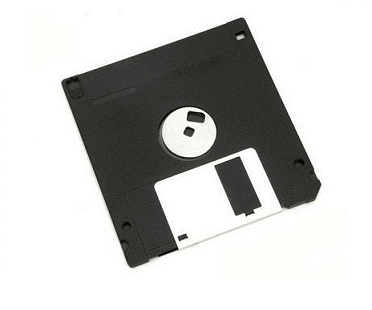
A computer disc drive known as a floppy disc drive, sometimes abbreviated as FDD or FD, allows users to store data on detachable diskettes. The earliest actual disc drives were 5 1/4" floppy disc drives, which were eventually supplanted by 3 1/2" floppy disc drives, even though 8"-disc drives were initially commercially accessible in 1971. 2) Card Reader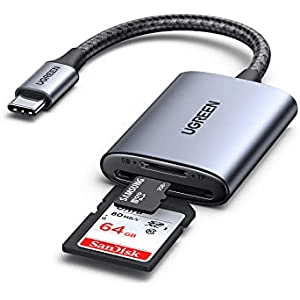
A card reader often referred to as a media card reader, is a piece of hardware used to read and write data on memory cards, including multimedia cards. There are card readers with many slots for various cards and media, as well as readers with just one slot. 3) CD (Compact Disc)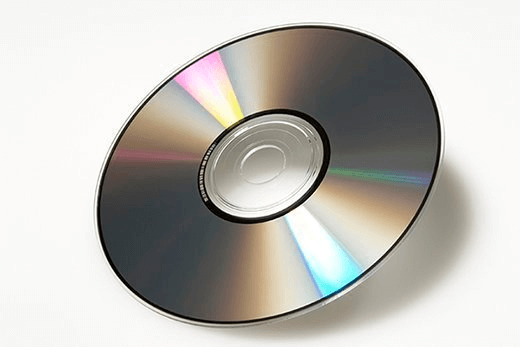
Compact discs, sometimes known as CDs, are flat, spherical optical storage devices created by James Russell. On August 17, 1982, a Philips plant in Germany produced the first CD. The bottom of a typical compact disc, which is the side the disc player reads, is shown in the image as an example. To assist identify what is contained on the disc, a label is on the side opposite the label. 4) DVD (Digital Versatile Disc)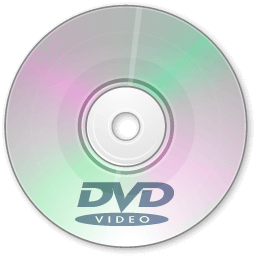
A DVD or DVD-ROM, which stands for digital versatile disc or digital video disc, is a disc with significantly greater storage space than a typical compact disc. Movies and other materials are often stored and viewed on DVDs. In 1997, the first DVD-ROM drives that make use of these discs went on sale. 5) BD (Blu Ray Disc)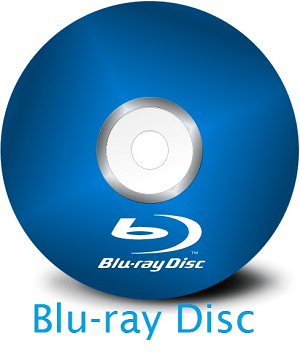
The abbreviation BD, sometimes known as BD-ROM, refers to the optical disc format that thirteen PC and consumer electronics firms created for Blu-ray discs. Included in this group are Apple, Dell, Hitachi, Hewlett Packard, LG, Mitsubishi, Panasonic, Philips, Pioneer, Sony, Sun, and TDK. The first Blu-ray discs, which have the same storage capacity as CDs and can hold up to 50 GB of data on a dual-layer disc, were unveiled at CES on January 4, 2006. The high-definition disc format wars were won by Blu-ray on February 19, 2008, over HD DVD. 6) Tape Drive Cartridges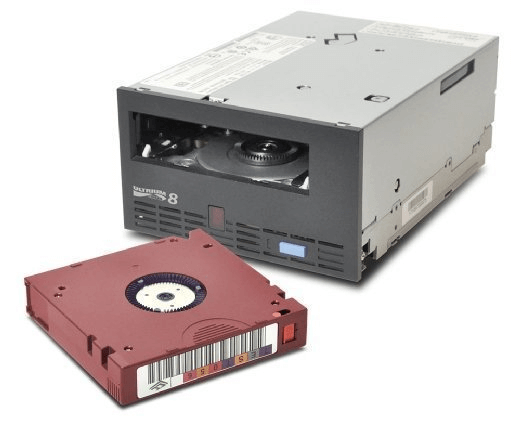
A tape is a strip of plastic with a tiny magnetic coating that is wrapped around wheels and used to store data. Since tape uses sequential access and is frequently used for huge data backups, it is less costly than alternative storage media but also somewhat slower. 7) USB Thumb Drives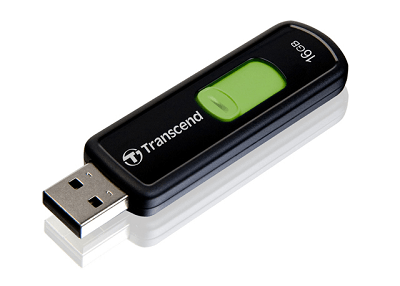
A jump drive is a type of portable storage that is also known as a USB flash drive, data stick, pen drive, memory unit, keychain drive, and thumb drive. It often has a thumb-sized size, hence the name, and attaches to a computer through a USB connection. Flash drives, which come in capacities ranging from 2 GB to 1 TB, are convenient for storing and transferring data between computers. Why can't I get to my removable disc?Multiple removable drives being listed on your PC is not unusual. These drives now often take the shape of a card reader. The correct order of slots in a computer card reader for removable discs (F:), removable discs (G:), removable discs (H:), and removable discs (K:). You need to insert an SD Card into its slot in order to make these available. What role does removable media play during bootup?When the computer isn't functioning, you have to fix it, or you wish to utilize a different operating system, removable media may also be used as a boot drive. However, one-way certain viruses might infect a computer is when a portable disc or drive is inserted into it while the computer is booting. A computer may try to start from a removable device that is functional and corrupted in order to get infected. Leave any removable discs (such as floppy discs or USB thumb drives) not in use as boot devices unconnected or removed from the computer while it boots. Make sure it is the last boot disk in the boot settings if it's regularly utilized. What is the risk of using a removable disc?When using removable media, there is a chance that the media will get lost or stolen and cause data loss. Large volumes of confidential information may be compromised as a consequence, which may result in serious harm to a company's reputation and potential financial fines. Company rules that limit the use of detachable media for data storage and transportation, as well as encryption of removable media's data, can help reduce this risk. Removable media should be properly secured so that no data previously saved on it is accessible before being disposed of or used again. Additionally, when not in use, any device carrying confidential material should be kept safe. Malware can also spread through removable media. Attackers typically utilize social engineering to persuade a victim to insert a media device into a computer, such as by tricking victims into picking up an infected drive from a crowded area and inserting it into their computer to see its contents. After being connected in, the gadget may be used to attack an entire network. Stuxnet is one instance of malware that spreads via detachable storage devices like USB flash drives and seriously harmed Iran's nuclear program. By automatically checking media for malware and discouraging users from trying to access removable media of unknown origin, the danger from an attack like this can be decreased. |
 For Videos Join Our Youtube Channel: Join Now
For Videos Join Our Youtube Channel: Join Now
Feedback
- Send your Feedback to [email protected]
Help Others, Please Share










